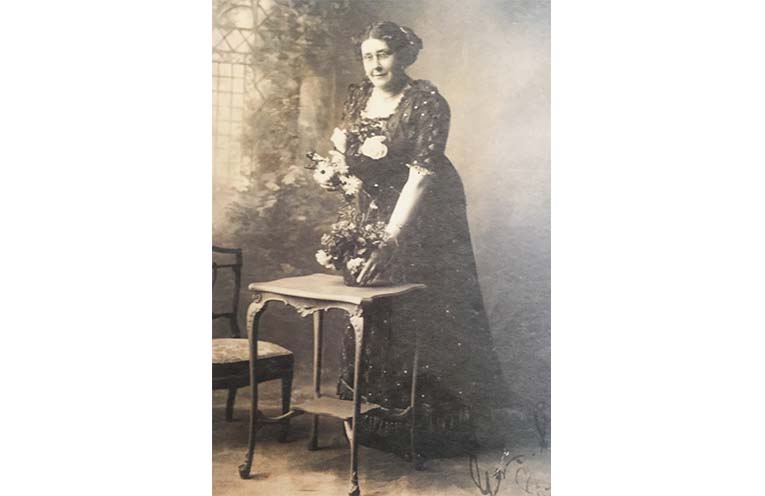
THE early medical scene in our area was a far cry from what we have today.
So much is now taken for granted, but over the last few years I have been reminded of the wonderful service provided locally – a visiting surgeon seen at our medical Centre, surgery at the Mater and visiting nurses to take care of the wound over many months until it healed! (and mostly covered by Medicare).
Back a century ago Tea Gardens was very isolated.
The bush track to Karuah was made suitable for vehicular traffic in the early 1920s – a rough gravel road to the Twelve Mile, a car ferry to Karuah and another at Hexham was slow going.
In Stuart Ripley’s book where he recorded his grandfather Bill’s memories, he tells this story of early transport.
Dr Robinson had a patient requiring urgent surgery.
An ambulance from Newcastle had such a difficult time travelling over our road it was considered too dangerous for the patient.
It was decided to engage Mr Korsman’s ferry to convey the patient to Karuah at 11pm in rough weather, where the ambulance met them.
Fortunately in 1920 a midwife Nurse Avery settled in our area and converted her house into a cottage hospital.
One three months premature baby she delivered for the surprised parents who were visiting Tea Gardens in 1941 weighed only 2lbs 2ozs. and fitted into the palm of a hand.
She was wrapped in cotton wool and fed with an eye dropper.
To encourage doctors to country practices the Government later guaranteed an annual income and the townspeople were required to provide a residence.
The Memorial Hospital Trust Fund was established in hopes of providing a cottage hospital in Tea Gardens but the request was denied because of the proximity of Bulahdelah.
Dr Hans Pacy arrived in 1954 and set up his practice in the cottage on the corner of Myall and Ogden Streets which had been bought for £1,100 by the Trust Fund.
He liked the area and moved into his own residence in 1960.
The bridge at Karuah had been built in 1957 and the road was sealed in 1960, but had consequently become busier, with more accidents.
Dr Pacy initiated the ‘Coweambah Clinic’ in an extension to his house to provide a casualty department equipped to handle emergencies.
In 1961 he formed a roadside accident rescue unit which included roadside telephones for emergency use in the days before mobile phones.
Funds from the sale of the original residence were used to purchase equipment for the emergency clinic and for the later ambulance station.
Ambulances had to be requested from Stroud or Raymond Terrace up until 1968 when we had the first permanently manned Ambulance Station in rented premises.
In 1970 the local Citizens Ambulance Auxiliary raised funds for a permanent facility and the present station was opened in 1972.
However in 1983 the local ambulance, due to restraints, could no longer take patients.
Until the seventies there was no pharmacy and Dr Pacy dispensed medication from his surgery.
Some things don’t change.
Rural doctors are still being sought and inducements are being offered!
By Ann JOHNSON, Tea Gardens Family Research & Local History Inc.
